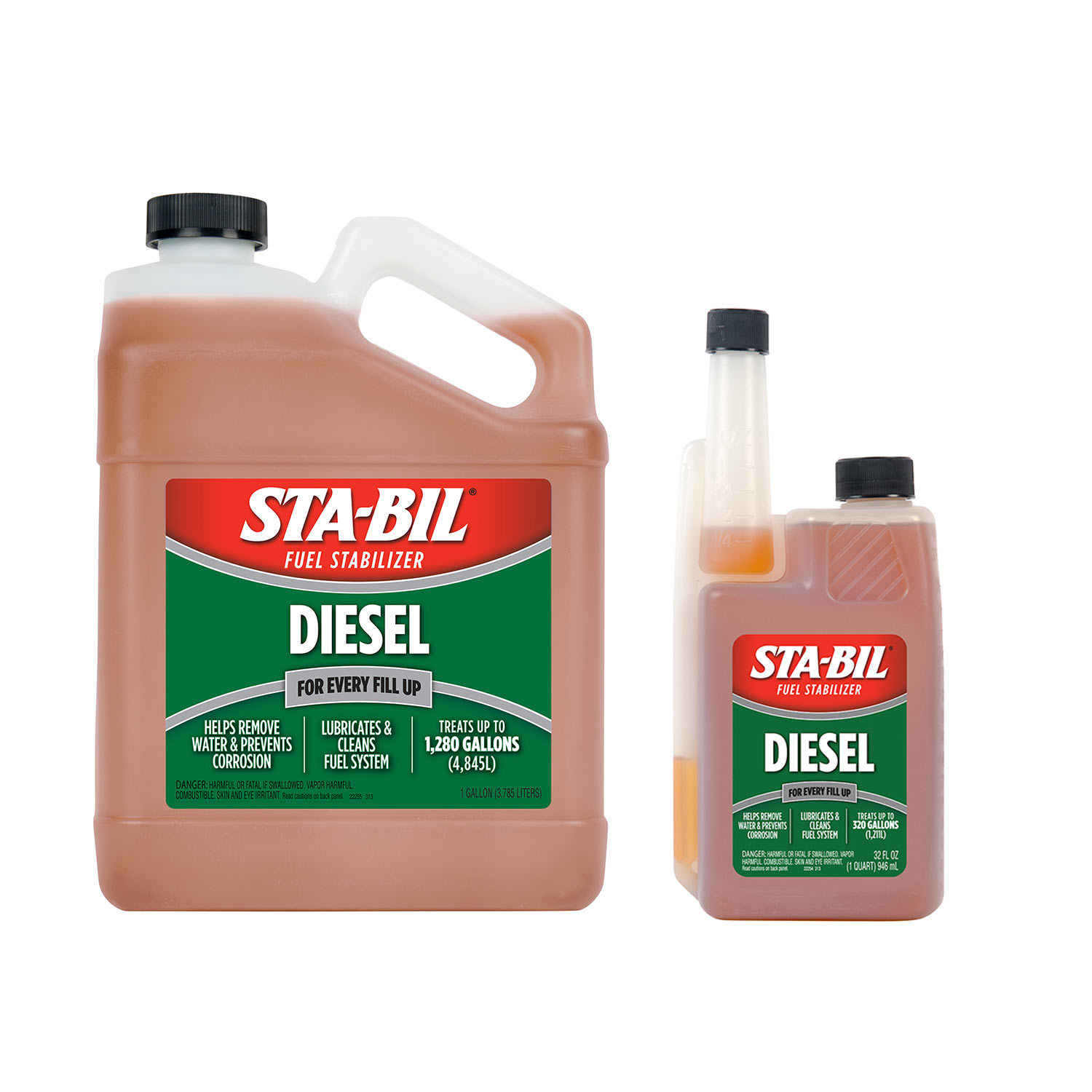

Articles
How To Store Diesel Fuel
Modified: February 23, 2024
Learn the best methods for storing diesel fuel safely and efficiently. Read our informative articles on proper storage techniques and precautions to follow.
(Many of the links in this article redirect to a specific reviewed product. Your purchase of these products through affiliate links helps to generate commission for Storables.com, at no extra cost. Learn more)
Introduction
Welcome to our comprehensive guide on how to store diesel fuel. Whether you are a diesel fuel user for transportation, industrial machinery, or backup power generation, proper storage is crucial to maintain its quality and ensure its effectiveness when needed. In this article, we will explore the benefits of storing diesel fuel correctly, safety measures to follow, choosing the right storage container, location and set-up considerations, handling and filling procedures, contamination prevention, regular maintenance and inspection, and emergency response and spill cleanup procedures.
Storing diesel fuel properly is essential for several reasons. First and foremost, it ensures that the fuel remains stable and usable for an extended period. Diesel fuel is susceptible to degradation and contamination, which can lead to engine malfunctions, reduced efficiency, and increased maintenance costs. By following proper storage practices, you can mitigate these risks and extend the shelf life of your diesel fuel.
Another significant benefit of proper diesel fuel storage is ensuring safety. Diesel fuel is flammable and can pose a fire hazard if not handled and stored correctly. By implementing safety measures and using appropriate storage containers, you can minimize the risk of accidents and protect yourself, your property, and the environment.
This guide will provide you with the knowledge and tools necessary to store diesel fuel safely and effectively. By following the recommendations outlined here, you can maintain the integrity of your diesel fuel supply, maximize its performance, and ensure your own safety and compliance with regulations.
So, let’s dive into the details and discover the best practices for storing diesel fuel!
Key Takeaways:
- Proper diesel fuel storage ensures fuel quality, maximizes performance, reduces maintenance costs, and promotes safety, compliance, and emergency preparedness. Following best practices is essential for longevity and effectiveness.
- Safety measures, choosing the right storage container, location and set-up considerations, handling and filling procedures, contamination prevention, regular maintenance, and emergency response procedures are crucial for proper diesel fuel storage. Prioritizing safety and compliance is key.
Read more: How To Store Diesel Fuel At Home
Benefits of Proper Diesel Fuel Storage
Properly storing diesel fuel offers numerous benefits, including ensuring fuel quality, maximizing performance, minimizing maintenance costs, and promoting safety. Let’s explore these benefits in detail:
- Fuel Quality: Diesel fuel can degrade over time due to oxygen exposure, temperature fluctuations, and bacterial growth. When stored properly, fuel quality is preserved, ensuring that it remains stable and usable for an extended period.
- Optimized Performance: Contaminated or degraded diesel fuel can lead to engine problems, reduced fuel efficiency, and increased exhaust emissions. By storing diesel fuel correctly, you can ensure optimal performance and maximize fuel efficiency, resulting in cost savings and reduced environmental impact.
- Reduced Maintenance Costs: Proper storage practices prevent contamination and degradation of diesel fuel, reducing the risk of clogged fuel filters, injector issues, and other engine problems. By minimizing these maintenance issues, you can save on repair costs and prolong the lifespan of your equipment.
- Safety: Diesel fuel is flammable and requires careful handling and storage to prevent accidents and protect against fire hazards. By following safety measures and using approved storage containers, you can minimize the risk of leaks, spills, and other fuel-related incidents, ensuring the safety of your personnel and property.
- Compliance with Regulations: Proper diesel fuel storage is essential to comply with local, state, and federal regulations. Many regulatory bodies have specific requirements for fuel storage, including container types, labeling, ventilation, and spill containment. Adhering to these regulations ensures that you are in legal compliance and avoids penalties or fines.
- Emergency Preparedness: In case of power outages, natural disasters, or other emergencies, having a well-maintained and properly stored diesel fuel supply can provide essential backup power for generators, vehicles, and equipment. This ensures the availability of fuel when needed, allowing for smooth operations and increased peace of mind.
By understanding the benefits of proper diesel fuel storage, you can prioritize the implementation of best practices and ensure the longevity and effectiveness of your fuel supply. It’s not just about maintaining fuel quality; it’s about optimizing performance, minimizing costs, complying with regulations, and prioritizing safety in fuel storage and handling.
Safety Measures for Storing Diesel Fuel
Storing diesel fuel safely is of utmost importance to prevent accidents, minimize risks, and protect individuals, property, and the environment. To ensure the safe storage of diesel fuel, it is crucial to follow these essential safety measures:
- Use Approved Storage Containers: Select containers specifically designed for diesel fuel storage. These containers should be made of non-reactive materials, such as steel or high-density polyethylene (HDPE), which are resistant to corrosion and prevent fuel leakage.
- Label Containers Properly: Clearly label all diesel fuel containers with appropriate warnings and identifiers. Include information such as the contents, hazard symbols, and safety instructions. This helps prevent confusion and ensures that individuals handling the fuel are aware of its properties.
- Store in a Well-Ventilated Area: Diesel fuel should be stored in a well-ventilated area to avoid the accumulation of vapors and reduce the risk of fire or explosion. Proper ventilation helps dissipate any potential fuel odors or fumes.
- Keep Away from Ignition Sources: Store diesel fuel away from open flames, sparks, and other ignition sources. This includes electrical equipment, smoking areas, and any potential heat sources that could ignite the fuel vapors.
- Prevent Overfilling Containers: Avoid overfilling diesel fuel containers to prevent spillage during transportation and handling. Leave enough headspace in the containers to allow for fuel expansion and contraction due to temperature changes.
- Regularly Inspect Containers: Conduct regular inspections of diesel fuel containers to check for signs of damage, corrosion, or leakage. Replace any damaged containers immediately to ensure the integrity of the diesel fuel storage system.
- Implement Spill Containment Measures: In case of a spill or leakage, have appropriate spill containment measures in place. This can include using secondary containment systems, such as spill pallets or berms, to prevent fuel from reaching the ground or nearby water sources.
- Provide Training and Instructions: Ensure that individuals handling diesel fuel are properly trained on safe storage practices and emergency response procedures. Regularly review and reinforce safety protocols to promote a culture of safety and awareness.
- Keep Fire Extinguishers On-Site: Have suitable fire extinguishers readily available in the storage area to quickly respond to any potential fuel-related fires or emergencies.
- Dispose of Waste Properly: When disposing of diesel fuel or any fuel-related waste, follow local regulations and guidelines. Improper disposal can lead to environmental contamination and legal consequences.
By following these safety measures, you can minimize the risks associated with diesel fuel storage and ensure the safety of all individuals involved. Remember, safety should always be the top priority when it comes to handling and storing flammable substances like diesel fuel.
Choosing the Right Storage Container for Diesel Fuel
Selecting the appropriate storage container for diesel fuel is vital to ensure safety, maintain fuel quality, and comply with regulations. Here are some key factors to consider when choosing the right storage container:
- Material: Opt for containers made of non-reactive materials, such as steel or high-density polyethylene (HDPE). These materials are resistant to corrosion and provide a barrier that prevents fuel leakage. Avoid using containers made of materials that can be damaged by diesel fuel, such as aluminum or certain plastics.
- Size: Choose a container size that suits your needs and storage capacity. Consider factors such as the amount of diesel fuel you intend to store, available space, and regulatory requirements concerning storage limits.
- Design: Look for containers specifically designed for diesel fuel storage. They should have features such as secure closures, built-in vents to prevent pressure buildup, and handles or lifting points for easy transportation. Additionally, consider containers with a wide base to enhance stability and prevent tipping.
- Regulatory Compliance: Ensure that the chosen container meets local, state, and federal regulations for storing flammable liquids. Check for compliance with standards set by organizations such as the Occupational Safety and Health Administration (OSHA) or the Department of Transportation (DOT).
- Labeling: The storage container should have clear and visible labels indicating the contents, hazard symbols, and safety instructions. This ensures that individuals handling the fuel are aware of its nature and potential hazards.
- Secondary Containment: Consider containers with built-in secondary containment features or use supplementary spill containment systems, such as spill pallets or berms. This provides an additional layer of protection against potentially hazardous fuel leaks or spills.
- Accessibility: Ensure that the storage container allows for easy access when refilling or dispensing diesel fuel. Look for containers with appropriately sized openings, valves, or pumps that facilitate safe and efficient fuel handling.
- Longevity: Choose a high-quality container that is durable and designed for long-term use. Consider factors such as resistance to UV radiation, impact resistance, and compatibility with diesel fuel additives or stabilizers.
- Compatibility: Ensure that the container is compatible with diesel fuel and the specific blend or type of fuel you intend to store. Some containers may not be suitable for certain fuel formulations, so it is important to check compatibility information provided by the manufacturer.
By carefully considering these factors, you can choose the right storage container that meets your specific needs and ensures the safe and compliant storage of diesel fuel. Remember to consult local regulations and industry standards to ensure that your chosen container meets all necessary requirements.
Location and Set-Up for Storing Diesel Fuel
When it comes to storing diesel fuel, selecting the right location and setting up the storage area properly are crucial for safety, convenience, and compliance. Consider the following factors when determining the location and set-up for storing diesel fuel:
- Outdoor vs. Indoor: Assess whether it is more suitable to store diesel fuel outdoors or indoors. Local regulations and safety considerations will play a significant role in this decision. Outdoor storage may require additional security measures, protection against weather elements, and consideration for environmental impacts. Indoor storage, on the other hand, may require proper ventilation and fire suppression systems.
- Fire Safety: Ensure that the storage location is away from potential sources of ignition, such as open flames, electrical equipment, and smoking areas. Implement fire safety measures, such as fire extinguishers and proper fire suppression systems, to minimize the risk of fuel-related fires.
- Accessibility: Locate the storage area for diesel fuel in a convenient and accessible location. Consider the ease of delivery and transportation of fuel, as well as accessibility for maintenance and inspection purposes.
- Security: Safeguard the storage area with appropriate security measures to prevent unauthorized access and potential theft or tampering. This can include installing security cameras, using locked gates or fences, and implementing access control systems.
- Ventilation: Ensure proper ventilation in the storage area to minimize the buildup of fuel vapors and reduce the risk of fire or explosion. Ventilation systems should facilitate adequate airflow and be designed to prevent the accumulation of fumes.
- Secondary Containment: Utilize secondary containment systems, such as spill pallets or berms, to prevent fuel spills from reaching the ground or contaminating nearby water sources. This is particularly important for outdoor storage to comply with environmental regulations and prevent potential pollution incidents.
- Distance from Buildings: Follow local regulations and guidelines regarding the distance between the storage area and nearby buildings or sensitive areas. Maintaining appropriate separation distances helps mitigate potential hazards and ensure the safety of occupants and the surrounding environment.
- Lighting: Install adequate lighting in the storage area to ensure visibility, especially during fueling operations or maintenance activities. This promotes safety and ease of operation, reducing the risk of accidents or fuel spills.
- Training and Emergency Response: Equip the storage area with appropriate safety signage, emergency response equipment, and spill cleanup materials. Ensure that personnel responsible for fuel storage are trained in emergency response procedures, including proper spill containment and cleanup.
- Documentation and Record-Keeping: Maintain accurate documentation and records regarding the storage area, including storage capacity, inventory levels, maintenance logs, and training records. This helps with compliance, operational efficiency, and risk management.
By considering these factors and adhering to regulatory guidelines, you can establish a well-designed and safe storage area for diesel fuel. Remember to regularly review and update your storage set-up to accommodate any changes in regulations, industry best practices, or your own specific needs.
Store diesel fuel in a well-ventilated, cool, and dry area away from direct sunlight and sources of heat. Use proper fuel storage containers and regularly check for water or contaminants.
Read more: How To Store Fuel
Handling and Filling Diesel Fuel Containers Safely
Proper handling and filling of diesel fuel containers are essential to prevent spills, minimize the risk of fire or explosion, and ensure personal safety. Here are some important guidelines to follow when handling and filling diesel fuel containers:
- Use Personal Protective Equipment (PPE): Wear appropriate PPE, such as gloves and safety goggles, when handling diesel fuel. This protects your skin and eyes from potential contact with the fuel and minimizes the risk of irritation or injury.
- Ensure a Stable Base: Place the diesel fuel container on a stable surface to prevent tipping or falling during filling. This ensures the safety of the operator and minimizes the risk of spills.
- Avoid Overfilling: Do not overfill the diesel fuel container. Leave enough headspace to allow for fuel expansion due to temperature changes. Overfilling can lead to fuel spills during transportation or handling.
- Use Approved Funnel or Spout: When pouring diesel fuel into a container, use a funnel or spout specifically designed for fuel handling. This helps to direct the fuel flow and minimizes the risk of spills or splashing.
- Fill Containers Slowly: Pour diesel fuel into containers slowly and steadily. Rapid filling can create splashes, increasing the likelihood of spills and creating potential hazards.
- Keep Containers Close and Secure: While filling diesel fuel containers, keep them within reach and secure them to prevent accidental spills or movement. This ensures better control during the filling process.
- Do Not Smoke: Smoking or using an open flame near the fueling area is extremely dangerous. Ensure a designated no-smoking zone to eliminate the risk of ignition sources and potential fires.
- Avoid Cell Phone Use: Refrain from using your cell phone in the fueling area. Cell phones can generate sparks, which can ignite fuel vapors and cause accidents.
- Place Caps and Closures Securely: After filling a container, ensure that all caps and closures are tightly sealed to prevent leaks or spills. This is especially important during transportation or when storing the containers.
- Wipe Up Spills Immediately: In the event of a spill, wipe it up immediately using appropriate absorbent materials. Dispose of the contaminated materials as per local regulations and guidelines.
- Store and Transport Containers Safely: When not in use, store diesel fuel containers in a secure, well-ventilated area away from ignition sources. During transportation, secure the containers to prevent movement or damage that could result in fuel leakage or spills.
Follow these guidelines to handle and fill diesel fuel containers safely. By prioritizing safety and taking the necessary precautions, you can minimize the risk of accidents, protect yourself and others, and ensure the integrity of your diesel fuel supply.
Preventing Contamination of Diesel Fuel
Preventing contamination of diesel fuel is crucial to maintain its quality, prevent engine malfunctions, and ensure optimal performance. Here are some important measures to follow to minimize the risk of diesel fuel contamination:
- Store in Clean Containers: Use clean and properly sealed containers for storing diesel fuel. Ensure that the containers are free from dirt, debris, water, or any other foreign materials that can contaminate the fuel.
- Avoid Using Dirty Funnels or Equipment: When transferring or fueling diesel, use clean and dedicated funnels, hoses, and nozzles. Avoid using equipment that has been used for other fluids, as this can introduce contaminants into the fuel.
- Maintain Clean Storage Areas: Keep the storage area clean and free from dust, dirt, and moisture. Regularly sweep and remove any debris to prevent them from entering the fuel containers.
- Prevent Water Accumulation: Water can contaminate diesel fuel and lead to microbial growth or fuel system corrosion. Ensure that storage tanks and containers are properly sealed to prevent moisture ingress. If condensation occurs, consider installing water filters or separators to remove any water before it enters the fuel system.
- Practice Good Fuel Dispensing Hygiene: During fueling operations, avoid contact between the fuel nozzle and the ground or any potentially dirty surfaces. Contamination can occur when dirt or debris enters the fueling nozzle and subsequently transfers into the fuel tank.
- Implement Fuel Filtration Systems: Install appropriate fuel filtration systems to remove contaminants, such as dirt, sediment, and microbial growth, from the fuel supply. Regularly inspect and replace filters as recommended by the manufacturer.
- Use Fuel Additives or Stabilizers: Consider using fuel additives or stabilizers to enhance fuel quality and inhibit microbial growth. These additives can help prevent the formation of deposits, reduce fuel oxidation, and prolong the shelf life of diesel fuel.
- Regularly Inspect and Maintain Equipment: Conduct regular inspections of fuel storage tanks, pumps, and fueling equipment to identify and address any potential sources of contamination. Ensure that seals, gaskets, and fittings are in good condition to prevent fuel leakage or the entry of contaminants.
- Monitor Fuel Quality: Utilize fuel testing kits or engage professional fuel analysis services to monitor fuel quality regularly. Testing can detect the presence of contaminants or any degradation of fuel quality, allowing for timely corrective actions.
- Practice Proper Fuel Rotation: Implement a first-in, first-out (FIFO) inventory management system to ensure that older fuel is used before newer additions. This prevents fuel degradation and minimizes the risks associated with long-term storage.
- Train Staff on Contamination Prevention: Provide training to personnel involved in fuel handling and storage to promote good hygiene practices and emphasize the importance of contamination prevention. This includes proper fuel dispensing techniques, spill response procedures, and equipment maintenance.
Adhering to these prevention measures will help to safeguard the quality of diesel fuel and maintain optimal engine performance. By proactively preventing contamination, you can extend the life of your fuel, reduce the risk of engine issues, and ensure the reliable operation of your vehicles and equipment.
Regular Maintenance and Inspection of Diesel Fuel Storage
Regular maintenance and inspection of diesel fuel storage systems are essential to ensure the longevity of the system, prevent fuel contamination, and maintain the integrity of the stored fuel. Here are some key practices to follow for ongoing maintenance and inspection:
- Inspect Storage Tanks: Regularly inspect the storage tanks for signs of corrosion, damage, or leakage. Check the tank walls, seams, fittings, and valves for any issues. Repair or replace any compromised components immediately to prevent fuel leaks.
- Monitor Fuel Levels: Regularly monitor fuel levels within the storage tanks to ensure an adequate supply. Avoid overfilling the tanks and maintain a proper inventory to prevent fuel degradation due to long-term storage.
- Check Ventilation System: Verify that the ventilation system is functioning properly. Ensure that vents are clear of debris or obstructions to allow for adequate airflow, preventing the buildup of fuel vapors and reducing the risk of fire or explosion.
- Inspect Fuel Lines and Connections: Regularly inspect all fuel lines, fittings, and connections for signs of leakage or damage. Look for fuel stains or wet spots around these areas. Repair or replace any compromised components to prevent fuel leaks.
- Test and Maintain Fuel Filtration Systems: Perform regular testing and maintenance on fuel filtration systems to ensure they are effectively removing contaminants from the fuel. Inspect and clean filters as recommended by the manufacturer, and replace them when necessary.
- Check Fuel Additives or Stabilizers: If using fuel additives or stabilizers, regularly check the dosage and effectiveness. Follow the manufacturer’s instructions for proper usage and storage to ensure they continue to provide the desired benefits.
- Inspect Containment and Spill Equipment: Ensure that secondary containment systems, spill pallets, and spill response equipment are in good condition and easily accessible. Check for any damage or corrosion, and replace any worn-out equipment as needed.
- Conduct Fuel Quality Testing: Periodically test the quality of the stored fuel to check for contamination, degradation, or water content. Working with a professional fuel testing service can provide accurate assessments and insights into the fuel condition.
- Keep Records of Maintenance and Inspections: Maintain detailed records of all maintenance and inspection activities, including dates, findings, and any corrective actions taken. This helps to establish a history of the fuel storage system and ensures compliance with regulations.
- Stay Updated on Regulations: Regularly review and stay informed about local, state, and federal regulations pertaining to diesel fuel storage. Be aware of any changes or updates and ensure that the storage system remains compliant.
By following these maintenance and inspection practices, you can identify and address issues promptly, prolong the life of your diesel fuel storage system, and ensure the availability of clean and reliable fuel when needed. Regular maintenance not only minimizes the risk of fuel contamination but also helps to prevent system failures, reduce downtime, and optimize overall operational efficiency.
Emergency Response and Spill Cleanup Procedures
Establishing proper emergency response and spill cleanup procedures for diesel fuel storage is essential to protect personnel, mitigate environmental impact, and minimize property damage. Here are some key steps to follow during emergency situations or fuel spills:
- Ensure Personal Safety: Prioritize the safety of all individuals involved. Evacuate the area if necessary and ensure that appropriate personal protective equipment (PPE) is worn before responding to the spill or emergency situation.
- Control the Source: If possible, safely shut off the source of the fuel leak or spill to prevent further contamination or fuel loss. This may involve closing valves, activating emergency shut-off systems, or blocking the flow of fuel.
- Report the Incident: Promptly report the spill or emergency to the designated personnel or emergency response team. Provide accurate and detailed information about the incident, including the location, estimated quantity of fuel spilled, and any potential hazards or injuries.
- Contain the Spill: Implement immediate measures to contain the spill and prevent it from spreading further. Use appropriate spill containment materials, such as absorbent pads, booms, or barriers, to control the fuel flow and confine the spill area.
- Stop the Spill at the Source: If possible, repair or contain the source of the spill to stop the fuel flow. This may involve sealing damaged containers, repairing fittings or valves, or stopping leaks in storage tanks or fuel lines.
- Notify Authorities: Depending on the size and severity of the spill, it may be necessary to notify local authorities, environmental agencies, or emergency response teams. Follow applicable regulations and guidelines in reporting the incident and seeking assistance, if required.
- Deploy Spill Response Equipment: Utilize appropriate spill response equipment, such as absorbent materials, spill kits, spill containment booms, or vacuum trucks, to clean up the spilled fuel. Ensure that the equipment is suitable for the type of fuel and effectively removes the contamination.
- Properly Dispose of Contaminated Materials: Dispose of all contaminated materials, such as absorbents, in accordance with local regulations and guidelines. Use designated hazardous waste disposal services to prevent environmental contamination.
- Document and Investigate: Keep detailed records of the spill incident, including photographs, cleanup activities, and any related expenses. Investigate the cause of the spill to identify any necessary preventive measures or improvements to prevent future incidents.
- Review and Update Emergency Response Plan: Regularly review and update your emergency response plan based on lessons learned from any spills or incidents. Train personnel on proper spill response procedures and ensure that they are aware of their roles and responsibilities during emergencies.
By following these emergency response and spill cleanup procedures, you can effectively manage fuel spills, reduce the potential negative impacts, and minimize disruptions to your operations. Preparedness, swift action, and proper training are key to mitigating the consequences of fuel spills and protecting both human safety and the environment.
Read more: How To Store Fuel Long Term
Conclusion
In conclusion, proper storage of diesel fuel is essential for maintaining fuel quality, ensuring optimal performance, and promoting safety. By following the best practices outlined in this guide, you can minimize the risks associated with diesel fuel storage and maximize the longevity and effectiveness of your fuel supply.
From choosing the right storage containers to implementing safety measures, such as proper handling and filling procedures, ventilation, and fire safety, every aspect of diesel fuel storage requires careful attention. Preventing contamination through regular maintenance and inspection, along with prompt response and effective spill cleanup procedures, are crucial for safeguarding the fuel quality and mitigating environmental impact.
By storing diesel fuel correctly, you can extend its shelf life, optimize equipment performance, and reduce maintenance costs. Additionally, compliant storage practices ensure your adherence to local, state, and federal regulations, avoiding potential penalties or fines. Emergency preparedness and well-defined response procedures minimize the impact of accidents or fuel spills, ensuring the safety of individuals and the preservation of the environment.
Remember, regular maintenance, proper handling, and a focus on safety are paramount when it comes to diesel fuel storage. Stay informed about regulations, seek professional advice when needed, and continually improve your storage system to meet evolving industry standards and best practices.
By integrating the knowledge and recommendations outlined in this guide, you can gain peace of mind, optimize fuel performance, and ensure the reliability of your diesel fuel supply for all your transportation, industrial, or backup power needs.
Frequently Asked Questions about How To Store Diesel Fuel
Was this page helpful?
At Storables.com, we guarantee accurate and reliable information. Our content, validated by Expert Board Contributors, is crafted following stringent Editorial Policies. We're committed to providing you with well-researched, expert-backed insights for all your informational needs.
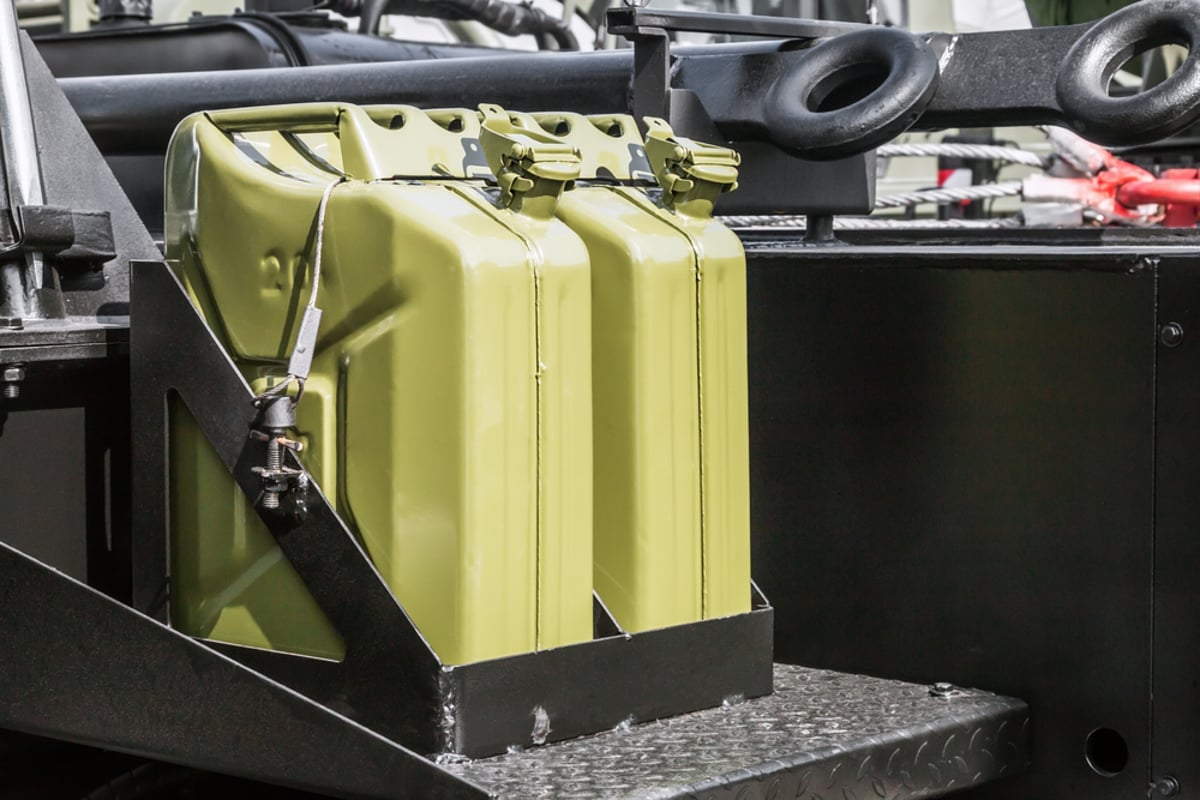

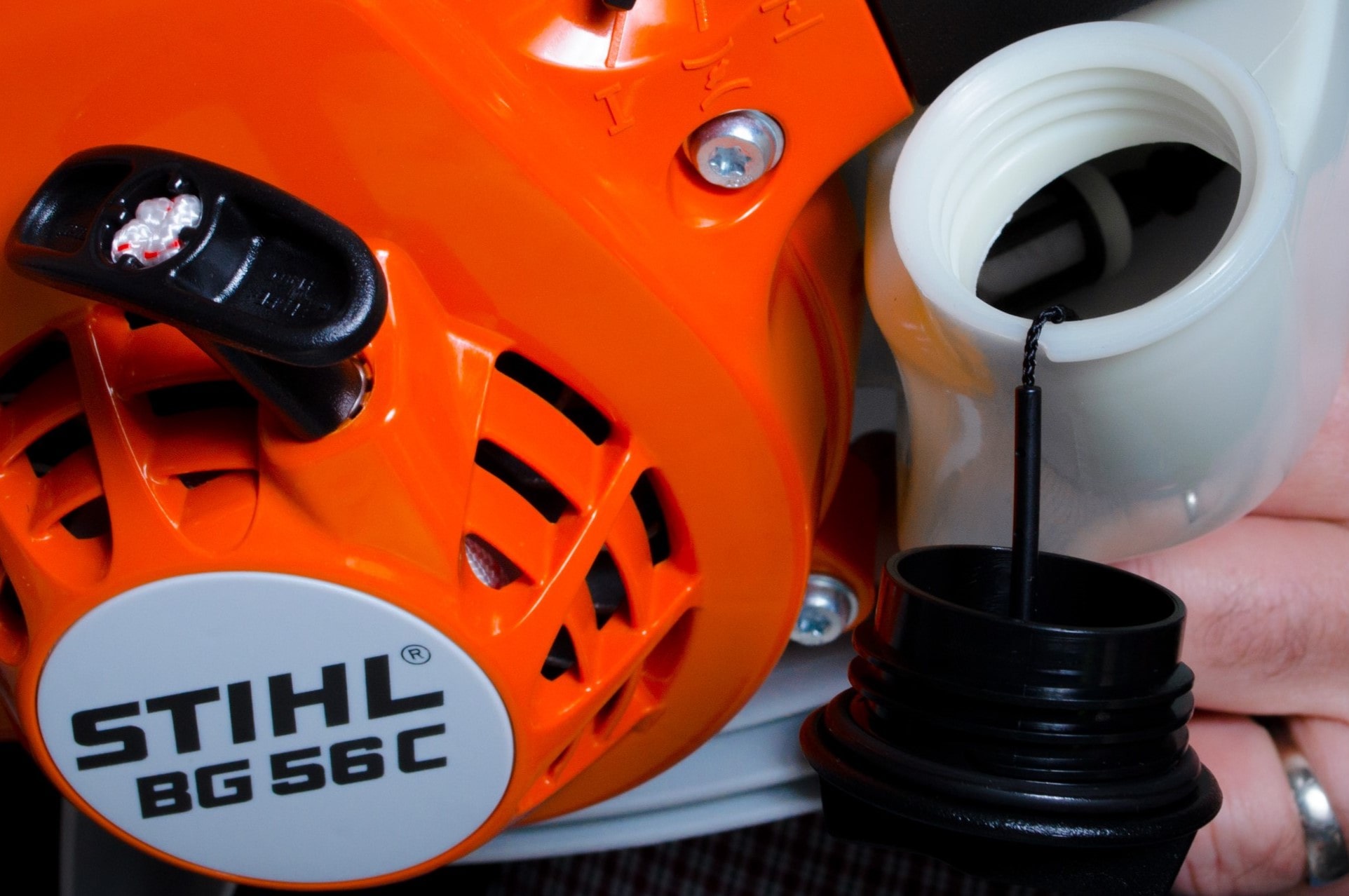

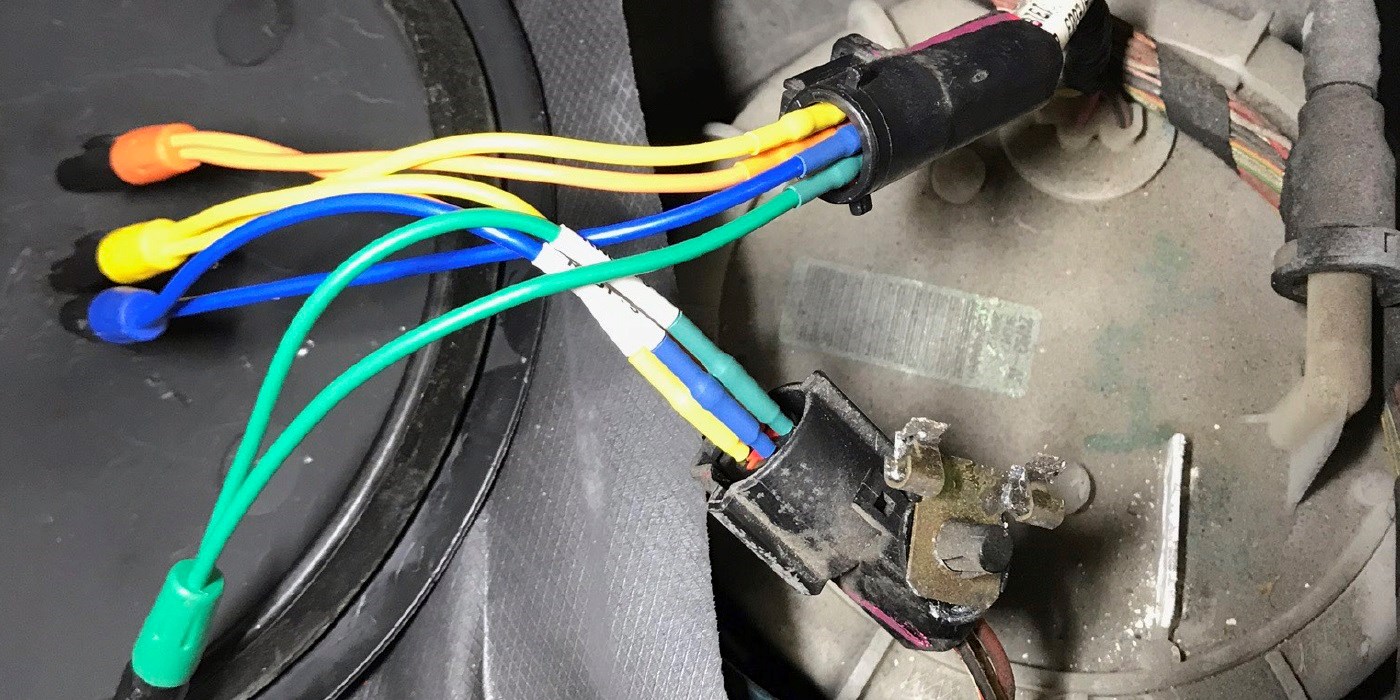

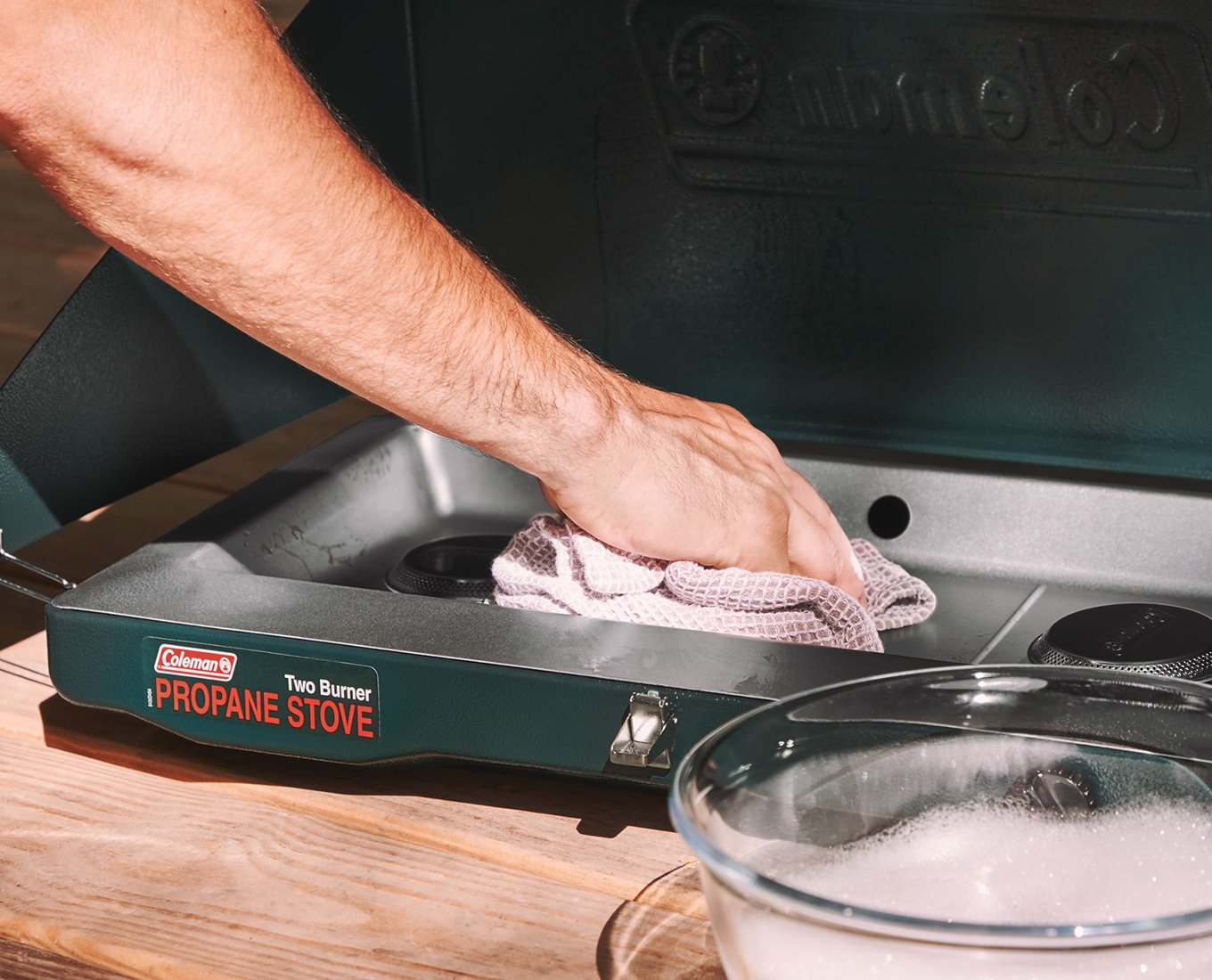



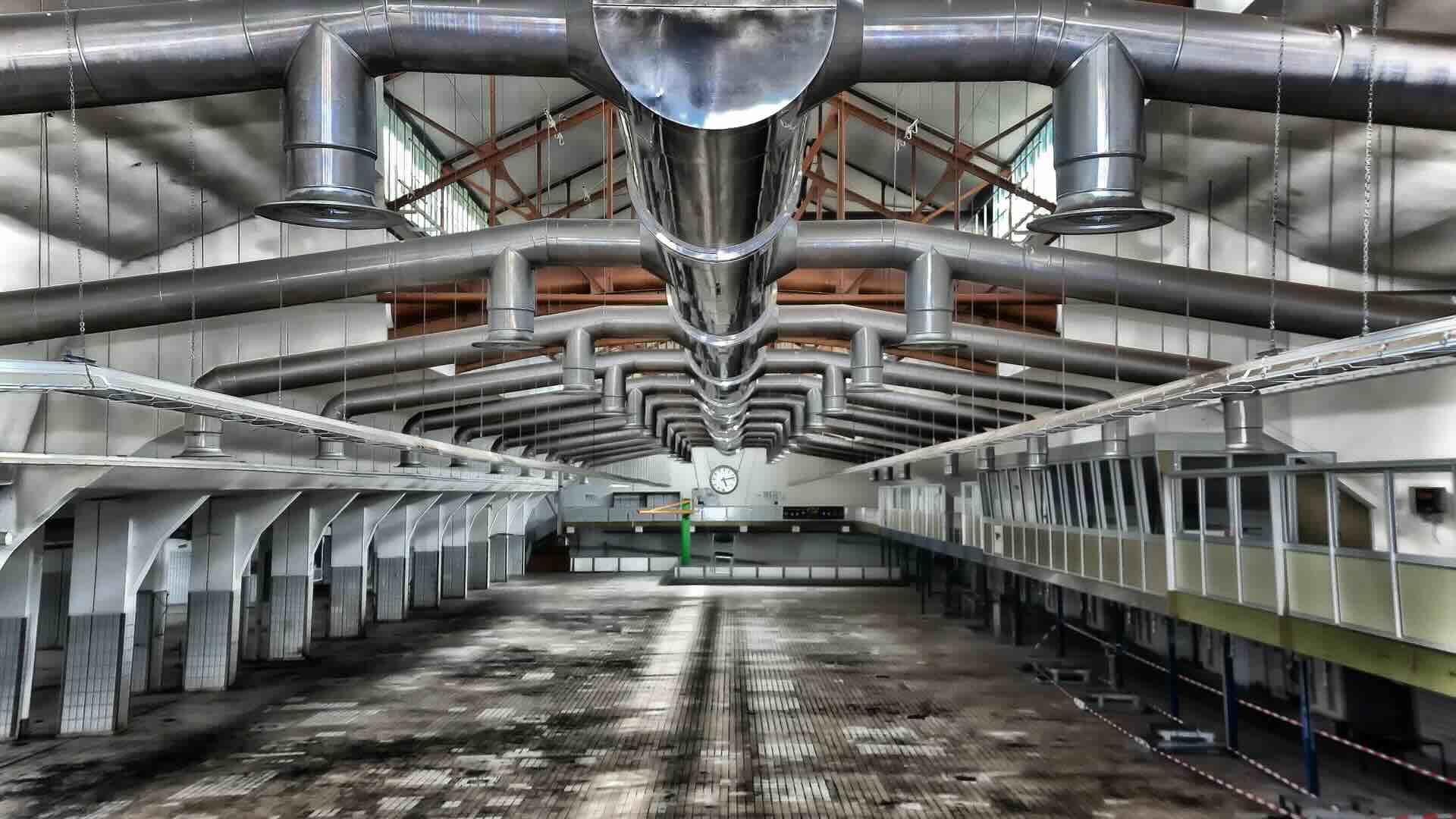



0 thoughts on “How To Store Diesel Fuel”